I have the following WebJob project where I'm trying to deploy a TimerTrigger WebJob function, however I cannot get it to run on a scheduled basis when deploying it via "Publish As Azure WebJob..." in Visual Studio 2017.
Program.cs
class Program
{
static void Main()
{
var config = new JobHostConfiguration();
if (config.IsDevelopment)
{
config.UseDevelopmentSettings();
}
config.UseTimers();
var host = new JobHost(config);
host.RunAndBlock();
}
}
Functions.cs
public class Functions
{
public static async Task ProcessAsync([TimerTrigger("0 */3 * * * *")] TimerInfo timerInfo, TextWriter log)
{
...
}
}
webjob-publish-settings.json
{
"$schema": "http://schemastore.org/schemas/json/webjob-publish-settings.json",
"webJobName": "TestWebJob",
"runMode": "OnDemand"
}
Settings.job
{ "schedule": "0 */3 * * * *" }
The documentation for this is pretty non-existent, and it's baffling to why Azure supports Scheduled CRON TimerTrigger's but doesn't actually include them as an option when deploying.
Is this possible?




